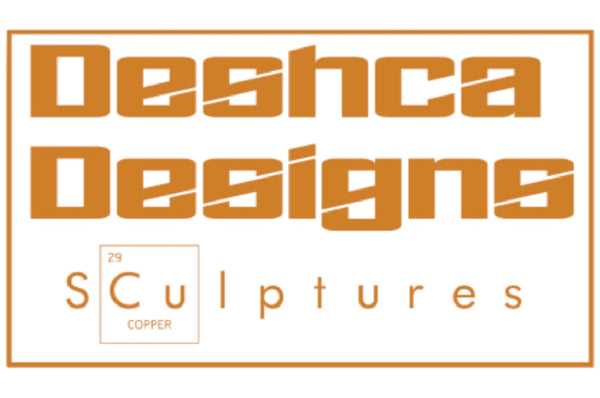Copper mines
We’ve just returned from a trip to Cornwall, and due to my occupation working with copper, I took the opportunity to visit the remains of the Wheal Prosper tin mine and the Wheal Trewavas copper mine where the material used to be mined. Wheal Trewavas is about 1.5 miles west of Porthleven and while only the ruins of the engine houses remain, it’s still an interesting place to visit with the buildings clinging stoically to the edges of the cliffs. In its heyday the mine employed around 160 men until it was eventually flooded and abandoned around 1846. 
Copper mines are a vital part of the global economy, providing the raw material for a wide range of products, from electrical wiring to coins. Copper sculptures, on the other hand, are often seen as works of art, prized for their beauty and craftsmanship. But what is the connection between these two seemingly different worlds?
The answer lies in the unique properties of copper itself. Copper is a highly ductile metal, meaning that it can be easily shaped and molded. This makes it ideal for use in sculptures, as it allows artists to create intricate and detailed works. Copper is also a very durable metal, meaning that copper sculptures can last for centuries.
In addition to its aesthetic appeal, copper also has a number of practical uses. Copper is an excellent conductor of electricity, making it ideal for use in wiring and other electrical applications. Copper is also used in a variety of other products, including plumbing fixtures, roofing materials, and coins.
Copper mines are found all over the world, and the mining process can be quite complex. The first step is to locate a deposit of copper ore. Once a deposit has been found, the ore must be extracted from the ground. This can be done using a variety of methods, including open-pit mining and underground mining.
Once the ore has been extracted, it must be processed to extract the copper. This process involves crushing the ore and then treating it with a variety of chemicals. The resulting copper is then refined into a pure form.
Copper mining can have a significant impact on the environment, but despite the environmental challenges, copper mining is an important part of the global economy. Copper is a vital resource, and the mining industry plays a key role in meeting the world's demand for this metal.
Copper sculptures, on the other hand, are often seen as works of art. They can be found in museums, galleries, and private collections all over the world. Copper sculptures are made in a variety of styles, from traditional to modern.
Copper sculptures are often used to commemorate important events or people. For example, the Statue of Liberty is made of copper and was a gift from France to the United States. The statue was dedicated in 1886 to commemorate the centennial of the signing of the Declaration of Independence
.
Copper sculptures can also be used to decorate homes and businesses. They can be placed in gardens, on lawns, or in fountains. Copper sculptures can also be used to create unique and interesting lighting fixtures. In fact there are infinite ways to use this versatile material, which is why it has been used for centuries.
Copper mines are a vital part of the global economy, and copper sculptures can be prized works of art. The next time you see a copper sculpture, take a moment to appreciate its beauty and the unique properties of this amazing metal.
